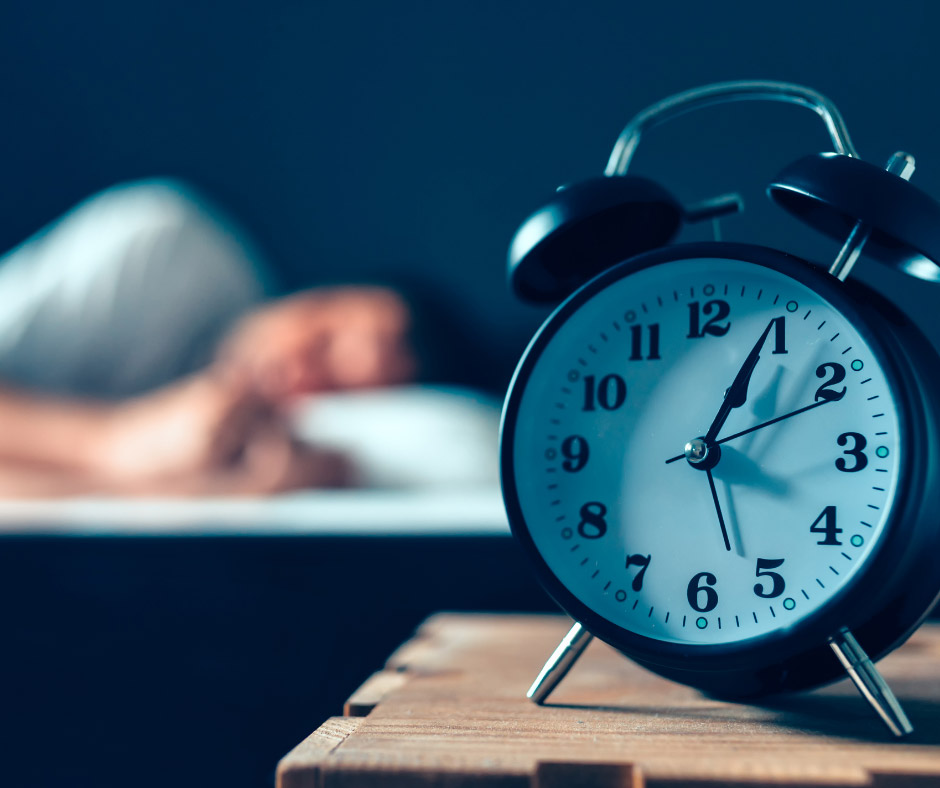Health Blogs
JUMP TO

COVID and Return to Sport Injuries
The crisp frosty mornings, the smell of deep heat in the trainer’s room, meat pies in the warmer, and the sound of umpire’s whistles in the background!
It has been so wonderful to get back to our local sporting clubs this year to cheer on our junior and seniors athletes! Netball, soccer, hockey, footy, tennis, cricket or whatever you play, its great to be back!

A Good Night’s Sleep
Getting a good night’s sleep is incredibly important for your overall health. It’s a period of time when the body restores itself physically, and organisation occurs in our brain. Research has shown that a person’s ability to concentrate, use creative thinking, make sound decisions, and form memories can all be negatively impacted by poor sleep.

High Ankle Sprains
A high ankle sprain is stretching of the ligament in front of the ankle which holds our two leg bones- fibula and tibia together above our ankle joint. High ankle sprain is caused by rolling over the front of our foot (toes in the ground) this places more pressure on the front of our ankle, unlike the usual lateral ankle sprain where we roll on the outside of our ankle.

Exercises for Ageing Bones
Are you in (or approaching) your later years? Are you wondering what you can do to ensure your bones stay strong through the next period of your life? As we age it is common to begin feeling the effects of years of ‘life’ on your body. Diseases like osteoarthritis (i.e. degeneration of joints) and osteoporosis (i.e. weakening of bones) are more common in the elderly population. But just because the figures show this, it doesn’t mean these diseases will affect your ability to lead a full and active life.

The Danger of Poor Exercise Technique
Our bodies are resilient, strong and are made to move, but unfortunately our bodies are not invincible. There is a lot of risk involved if we use our bodies in the wrong way, and the dangers of exercising with poor technique could lead to injury.
Exercise is so beneficial, and there are many different ways we can get our daily exercise. It’s a way we can improve endurance, muscle strength, flexibility, as well as cardiovascular fitness. It is also a fantastic way to get involved in social groups, as well as improve our emotional and mental well-being.

Returning to Exercise after COVID
With a COVID normal closing in, many typical ways of life slowly return. The recent return of gyms, exercise and sport, combined with the improved weather is a much-needed boost to the community. But, whilst we are all very excited to be returning to exercise, we must be careful not to overdo it or injure ourselves.
